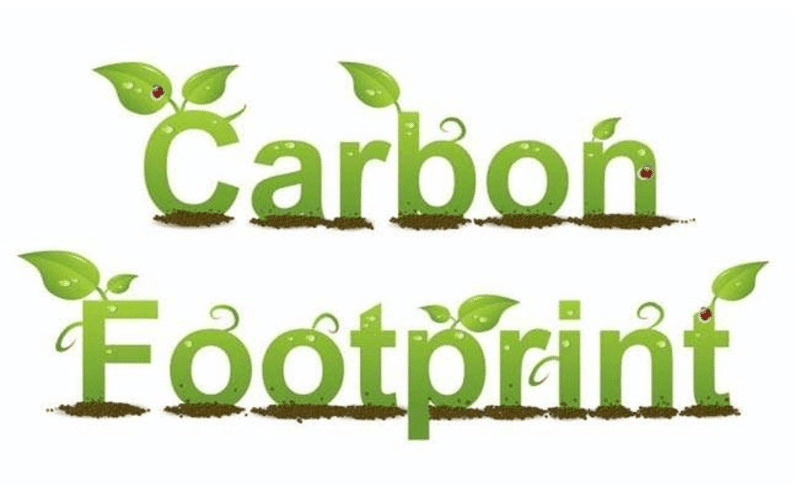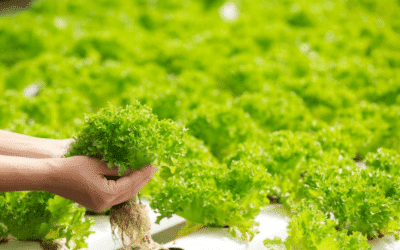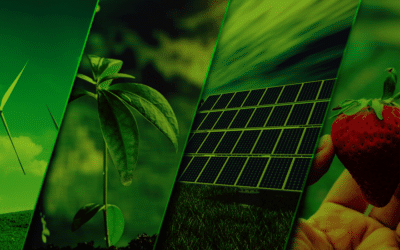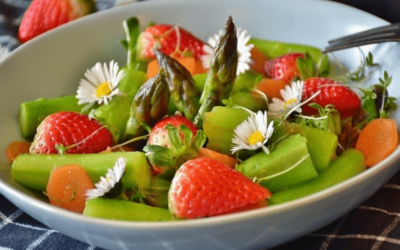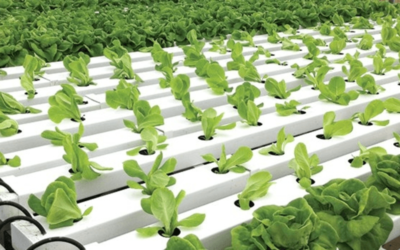There’s more to green eco friendly living than simply reducing your impact on the planet. You actually save money by doing simple things that make a big difference. And where better to make a difference than in your own home? The article covers:
- Eco friendly living ideas, to green your home.
- Easy and not so easy to implement eco friendly living tips,
- For a learning project, you’ll find eco friendly living essay material.
- Use the sidebar for further material on living an eco friendly lifestyle.
Reducing your carbon footprint is all about having as little impact on the earth as possible. We all know that climate change is affected by some of the ways we live our daily lives. A large factory may be emitting harmful gasses into the atmosphere. A private person may own an automobile that’s way too large for what he or she needs.
All of these non eco friendly lifestyle choices have an impact on the environment. Reducing your carbon footprint is about making the right decisions in your everyday way of life.
In this article we discuss small ways to reduce your carbon footprint in the simple way you live your life at home. And best of all, these methods won’t cost you any extra to implement. It’s a great harmony of eco friendly living, living cheaply, and living responsibly towards yourself and the planet.
Insulate your home from draughts and air leaks
Insulation in-between external and separating walls helps to maintain the temperature inside the house. This reduces the cost of heating your home in winter and cooling it in summer. If you’re buying a new home, look for one that is expertly insulated.
But insulation goes a lot further than your walls. In summer, a lot of hot air comes into your home when the sun bakes your roof. Ceiling insulation is a must in these cases. A home that has ceiling insulation is easily identified when the weather outside is uncomfortably hot or cold. You walk in and immediately feel the difference.
Insulation is all about trapping air inside and preventing external air from coming in. A great way to do this is by insulating your windows and glass doors. Believe it or not, air does travel through glass. To prevent this from happening is easier than you think. Fit double glazed glass panes to your window frames. This special glass is also available for glass doors.
So how does double glazing work? Simple. It’s two panes of glass with a cavity of air in between them. This air traps the hot or cold air and keeps your home at a consistent temperature—regardless of the climate outside.
Now if a home is TRULY green, it goes even further to ensure insulation. Floor insulation makes a big difference to ensure your comfort. Not only would air escape through your floor, so under floor heating and/or cooling is best maintained with a floor that contains some form of insulation.
So if you’re searching for a green home, ask your agent about these types of insulation. Having some is great, but having all of them is even better! The more insulation your home has, the more power you end up saving in the long run. And of course the environment will love you for it.
An eco friendly living feature.
Replace incandescent lightbulbs with CFLs or LEDs
Compact Fluorescent Light and Light Emitting Diode bulbs are more energy efficient and last longer than regular incandescent bulbs. You won’t have to replace them as often, so you save in the long run. Even turning off the light when you’re not in the room helps reduce your carbon footprint.
There’s been a lot of publicity about these light bulbs. Truth be told, not enough can be said about how great they are. Not only do they shine brighter, but electricity usage is minimal. These light bulbs are a bit more expensive, they last longer than regular bulbs and save you loads on your utility bill.
Another eco friendly living feature and one of our easy to implement eco friendly tips.
Use a low-flow showerhead
How can a low-flow showerhead help save the environment? Simply put, water is the earth’s most precious resource. So if you save it, you’re doing a lot. You still enjoy showering clean, merely use a lot less water. And don’t forget to turn off the tap when you’re brushing your teeth. It’s a little thing that makes a big difference to your water bill.
You like shower pressure? No problem! Many of the low-flow showerheads on the market today adjustable in such a way that water pressure is focused and strong. This is done despite the fact that little water gets utilised.
When you think of the slightly higher cost for a showerhead like this, you quickly see what a good return on investment this is for your pocket and the environment. You save a lot of water in the long run. The longer you have it, the more you get out by saving water. So be sure to include this in your home’s carbon footprint reduction strategy.
Another eco friendly living feature and another one of our easy to implement eco friendly living tips.
Replace old appliances with energy efficient ones
If you need to get a new fridge, freezer, dishwasher or microwave, check the energy star rating before you check the price tag. At the end of the day, an energy efficient appliance saves you more money.
Most people don’t even know that appliances have energy star ratings on the packaging. In short, the more stars such a rating has, the less electricity it uses. This is becoming an important factor to many shoppers all over the world.
The energy star ratings put a lot of responsibility on the manufacturers of these appliances. It adds an extra competitive element to products too. As more and more shoppers begin to recognise the energy star rating system, more and more manufacturers would start to produce appliances that run on less energy.
The main reason for energy efficient appliances is not predominantly for money saving or better competitiveness. The main reason is to help the environment. You as a consumer and the manufacturing companies are both taking part in an important responsibility—reducing your carbon footprint on the planet.
Yet, another eco friendly living feature and another one of our not easy to implement eco friendly living tips.
A water-wise garden strategy
There are many small ways you save energy and money around the home. Don’t forget your garden. Even if watering your garden doesn’t use energy, harvesting rainwater in tanks also helps you save on your water bill.
As mentioned above, water is our most precious resource. It’s important to maximise save water. Rainwater harvesting is an effective way of doing this. When certain parts of your home utilise rainwater instead of municipal water, your carbon footprint is reduced. That’s because using less water in general is beneficial to everyone around the globe.
Now there are various ways to use rainwater in your home. As you might not most of your water goes to maintaining your garden. However there are some simple ways to run your garden in a way that very little water is used.
The first is by planning indigenous plants, shrubs and trees. Plants that are accustomed to the local climate need much less water than non-native plants. Another way is to fill your garden with lots of pebbles, pots, statues, birdbaths, rocks and pavers. These negate the need for lots of watering and they lend your garden an aesthetic quality that never grows old.
Your biggest water saving is to not use municipal water to irrigate your garden in the first place. With eco friendly living, you may be saying that all water is originally rainwater anyway; so besides your water bill, what’s the difference? Well, remember that a lot of rainwater gets lost after it falls over your home. It sinks into the ground, washes down the street or gets soaked up by the sun.
Rainwater harvesting collects this water, and keeps it for when you need it! This provides you a resource that you obtained for free. It prevents waste and ensures a clean alternative to treated water from your municipality, and add to living an eco friendly lifestyle.
Can you buy a house like this?
You may be interested to know that houses already have these eco friendly features. More importantly, green home developers are building green homes that have many of these factors. Imagine living almost completely eco friendly and green!
People who live in these homes reduce their impact on the environment. It’s awesome to watch parents raise their children in an eco friendly lifestyle. Fortunately for us all, more and more are begin to switch to a greener and eco friendly lifestyle—some quicker than others.
It takes no more than a little imagination and effort to make any home a green one. By doing so you are securing a future for future generations. You are also limiting the impact you and your family currently have on the environment. The wonderful truth about living green is that it all works out for the benefit of everyone. Yes, the planet will be smiling, and so would you. You would be healthier, happier, and financially better off for implementing these strategies.

